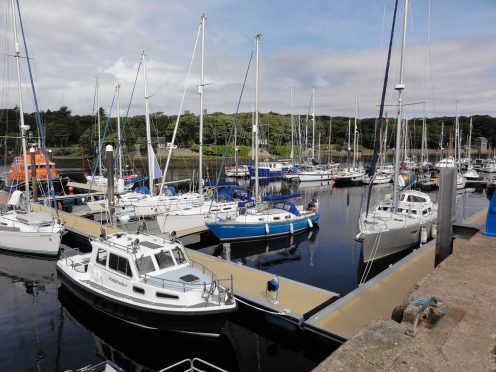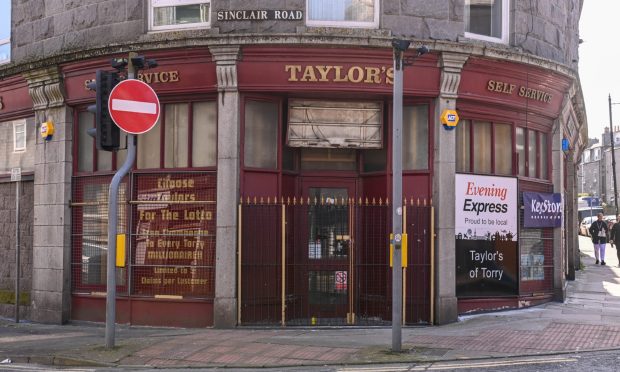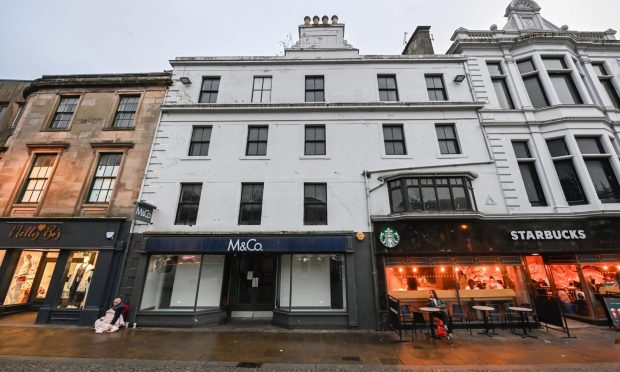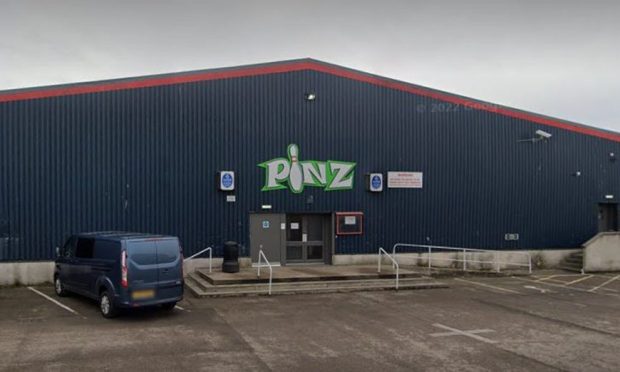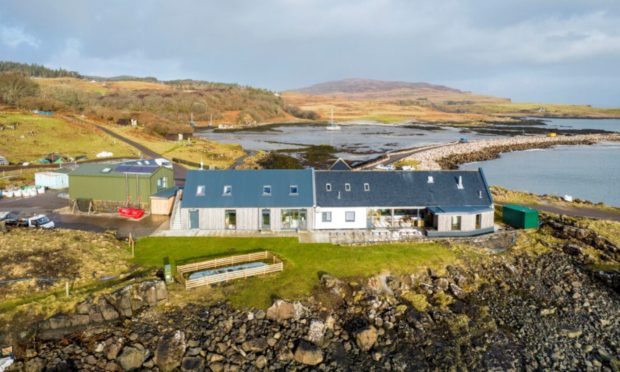Scotland’s £130million sailing tourism sector could grow by more than a quarter over the next seven years, according to a new study.
The report, which was funded by development agency Highlands and Islands Enterprise (HIE), the Crown Estate and Scottish Canals was launched at the London Boat Show yesterday.
It found that sailing tourism currently supports 2,700 jobs across Scotland’s four main sailing areas – the west, north and east coasts and the Clyde – and is worth around £130million to the economy.
The report’s authors say there is potential for the figure to grow by a further £36.9million to an annual worth of approximately £167million by 2024.
Hamish Loudon, chairman of voluntary group Fort William Marina and Shoreline Company (FWMSC) said, although it was to an extent a “hidden industry,” he was not surprised by the figures.
Mr Loudon said: “Across the west of Scotland, from Stranraer to Stornoway and beyond, it is of immense value to the economy. It’s a vast industry.”
He added: “The evidence is that wherever facilities are provided, yachts will come and the spend per head they bring is significant to the communities they visit.
“Scotland-wide there is still room for expansion. The south is full and is expensive and yacht people are migrating northwards.
“As long as it’s done with an eye to the environment that attracts cruisers there is significant room for expansion.”
There are plans for a new marina at Corpach, near Fort William and a moorings development in the area.
Mr Loudon’s views were echoed by Boyd Holmes, commodore of the Oban-based Royal Highland Yacht Club.
Mr Holmes said: “I am very positive about the contribution sailing makes and can make to the west coast economy. It is enormously significant and potentially even more so.
“If anybody on the west coast puts in pontoons, they are rapidly over-subscribed by visiting yachts.
“It brings in money for businesses in communities in fragile areas.”
In the last year, according to the report, sailors visiting Scotland contributed almost £39million of the £130million sailing brought into the country. The figure is a 24% increase since 2009.
But, with berth occupancy sitting at 95%, a further 3,000 berths could potentially be added over the next seven years to continue the growth, the study found.
While the majority of the sector’s activities are on the west coast, further developments on the east coast will be vital to attracting a European market, it concluded.
SNP MSP Stuart McMillan, convener of the Scottish Parliament’s cross-party group on recreational boating and marine tourism, said: “This research confirms the economic potential in a sector that is a key part of Scotland’s marine tourism offering.
“We launched our strategy, Awakening the Giant, at the end of 2015 and said we would make Scotland the marine destination of first choice by 2020.
“This research indicates that this ambition is achievable with significant potential for growth and benefits for coastal and island communities.”
The report, entitled Sailing Tourism in Scotland, was compiled by EKOS Ltd.
